Trends In Life Insurance
Over the past several decades, US household ownership of Life Insurance has been on a downward trajectory. While Life Insurance ownership is dwindling, other forms of protection—Health, Property/Casualty, and other forms of insurance—have not displayed similar declines.
In 1982, four out of five households owned a life insurance policy. By 2000, only three-quarters of households owned one. Since 2000, policy ownership has been in fairly consistent decline; since the Great Recession, in steep decline. Today, only about half of households (54%) own a policy. Over the same time both Group and Individual Life Insurance ownership have decreased. Around the time of the financial crisis, a persistent gap between the two types of life insurance developed. Currently, more households have Group Life provided through organizational membership or an employer than have Individual Life for which an individual must purchase a policy directly from an insurance company or from an independent representative agent.
Not surprisingly, employment trends impact life-insurance product ownership. For example, by 2016, one result of the 2009 rise of the gig economy was observable in policy-ownership trends. The 2016-17 MacroMonitor found that in 12.6 economic households at least one head was employed as a gig worker: 9 million household heads alone self-reported as independent contractors or freelancers. Why are the two trends connected? One common method employers use to increase profits is to reduce the cost of employee benefits because employees are typically a company’s largest operating expense. Employee benefits, such as life insurance, aren’t provided to gig workers.

A variety of reasons are given to explain why an increasing number of households don’t have life insurance. The top four reasons are:
- No need
- Can’t afford it
- Haven’t thought about it
- Have no dependents.
Historically, affordability has been the most often response for not having life insurance. Since the rise of the gig economy however, the top two reasons have flipped. Affordability is now outpaced by a perceived “lack of need.” In addition, one in five households today hasn’t considered life insurance at all. How can someone decide if they need something if they haven’t considered it?

The absence of dependents is an understandable reason for not needing life insurance. Since the turn of the century, trends in marriage and family formation have declined: The number of unpartnered households has continued to rise each year. For example, among prime working- and family formation- age adults (ages 25-54), the incidence of marriage or cohabitation decreased from 54% (in pre-pandemic 2018) to 48% just two years later (2020); the proportion in 2023 remains statistically the same at 49%. Each passing year, (college-educated) women are increasingly choosing to go solo. One important point to call out is the percent of households that cite ‘no dependents’ has increased from 65% in 2000, to 70% in 2022-23. The birth rate for women of childrearing years is the below replacement rate. Unless the trend is reversed, ‘no dependents’ as a reason for not having Life Insurance will continue in importance. In 2000, it was the second most cited reason behind affordability. Other data points indicate a rise in dual-headed households electing to remain childfree especially among younger adults reportedly concerned about climate-change impacts. Simply put, fewer households consider life insurance as a method to help provide for family in the event of the household head’s untimely death because there are fewer households with children and the majority of women work.
Implications
Life insurance providers might consider several actions to reverse the declining trend in product ownership. Today’s marketplace has moved on from the original premise for which life insurance was designed. Introduced in 1759 to assist widows, insurance as family protection is no longer a prime motivator to buy the product. Insurers might consider a selling propositioned based on the fungible nature of life insurance such as the ability to protect one’s lifestyle or its tax advantages. Messages that surface need (other than dependents) might encourage people to think about life insurance as an affordable and valuable investment to add their retirement plan.
Don’t miss the first of several planned video Briefings about 2022-23 First Trends with Larry Cohen, Director of MacroMonitor.
Life Insurance is our first publicly shared trend.
For more First Trends, stayed tuned on RFI.Global, RFI Global on LinkedIn, or email us on MacroMonitor_Team@rfi.global.
Subscribers will soon have access to all 2022-23 MacroMonitor data collected between December 2022 and January 2023.
About the Author
Larry Cohen is Director of The MacroMonitor, the largest and longest running syndicated program on household financial needs in the US today. Since 1978, this program has been providing a holistic understanding of the evolution of consumers’ financial needs.
Larry consults with all types of financial services institutions, associations, government agencies, and universities on consumer financial services including macroeconomic trends, psychographic segmentations, new product and market innovations, strategic planning, direct marketing, etc.
Prior to working at RFI, Larry was Vice President and Director of Consumer Financial Decisions (CFD) with Strategic Business Insights (SBI), an employee-owned spin-off from SRI International. Larry holds an M.B.A. from the Graduate School of Management of Rutgers University (Newark, New Jersey), and a B.A. in interdisciplinary social sciences from Syracuse University (New York).
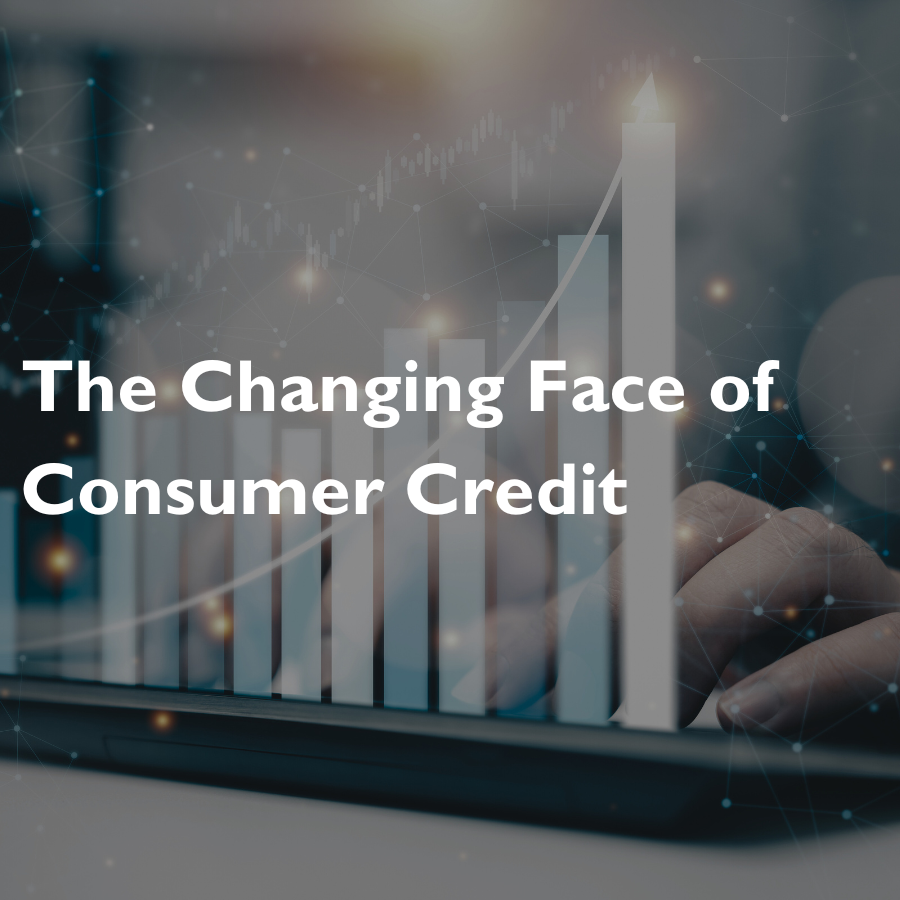


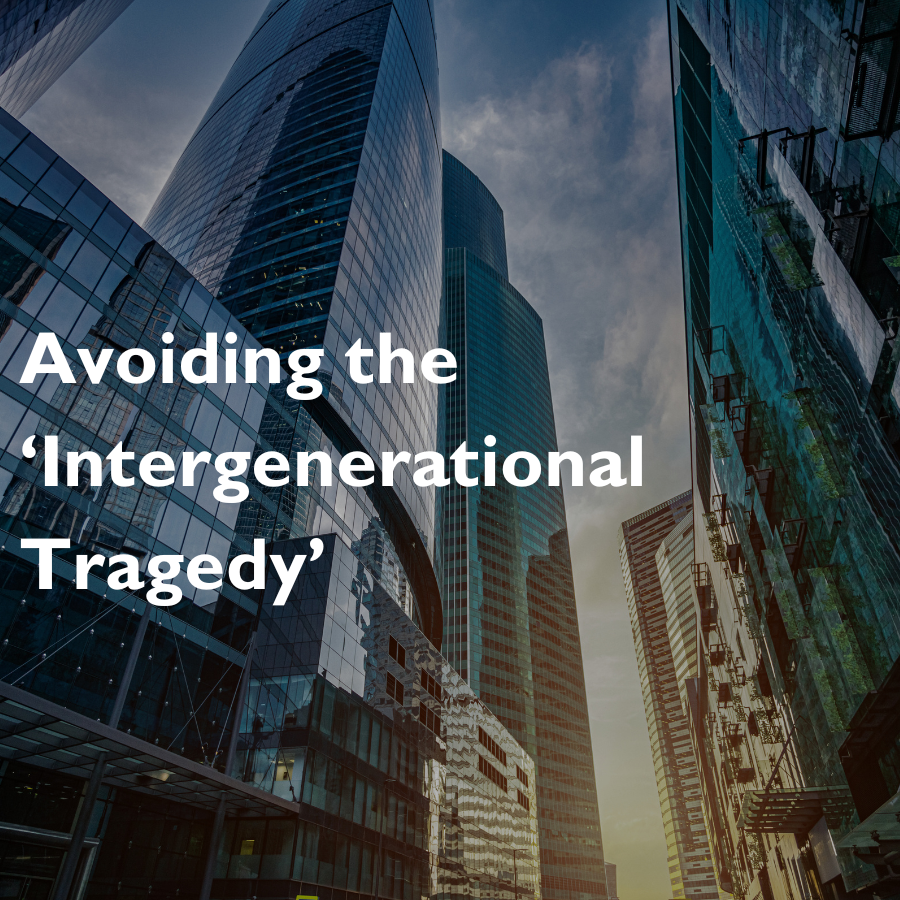


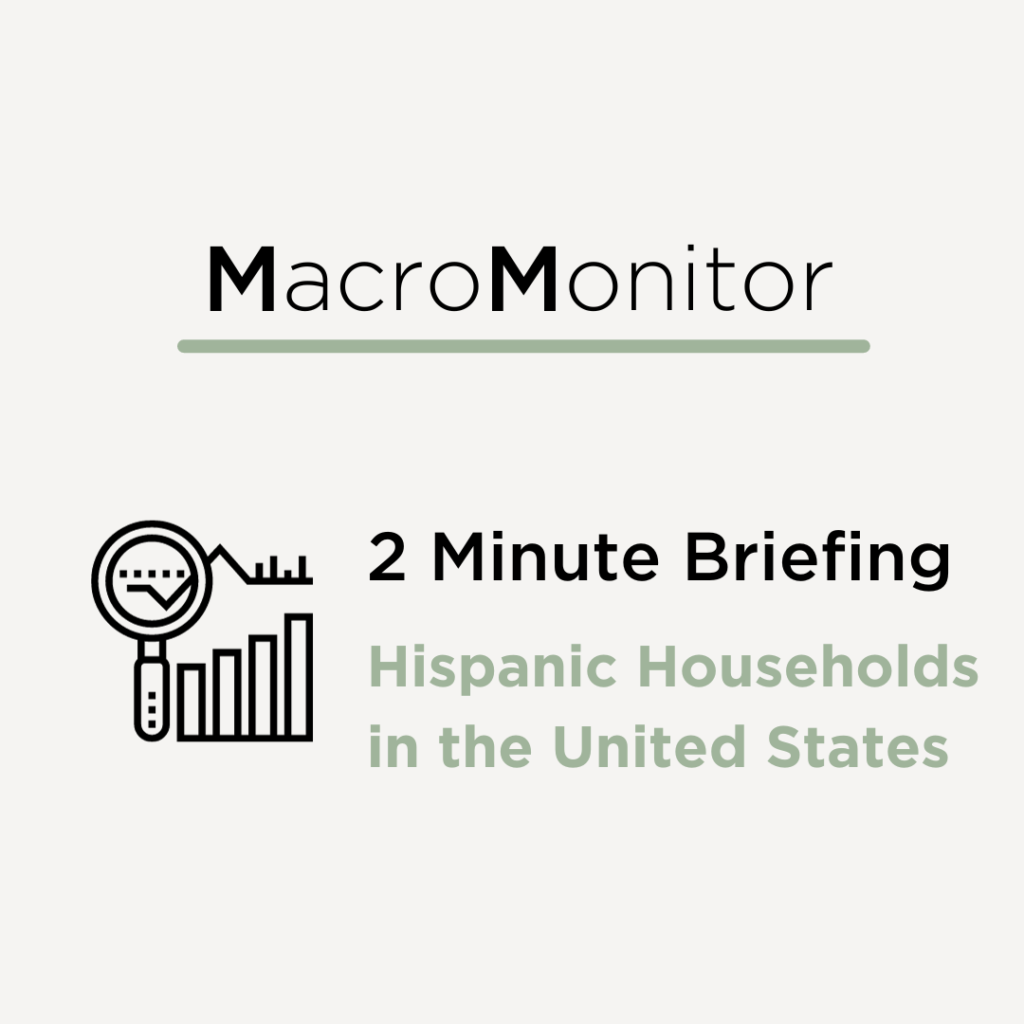

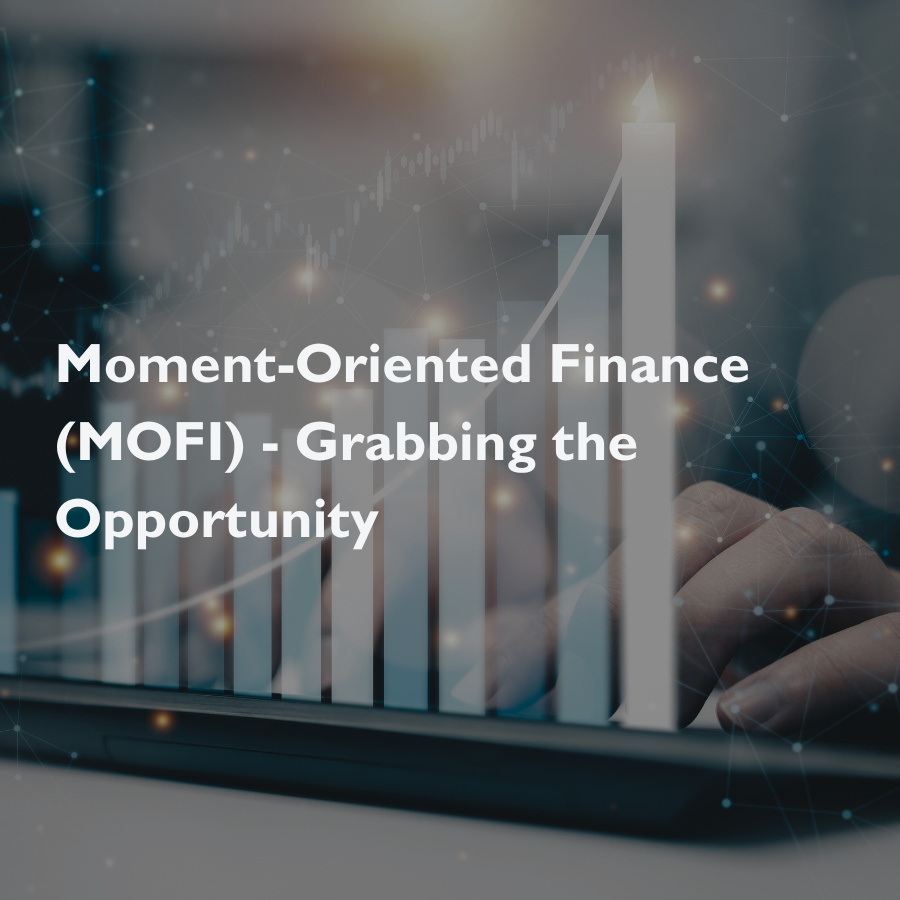











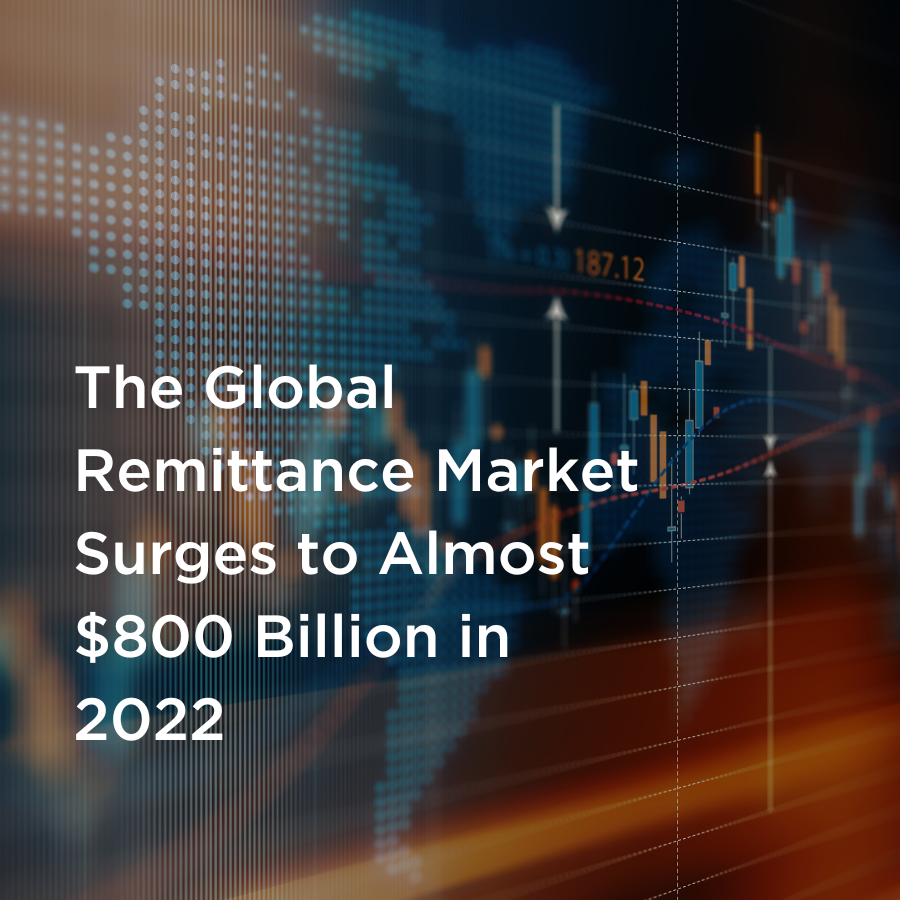




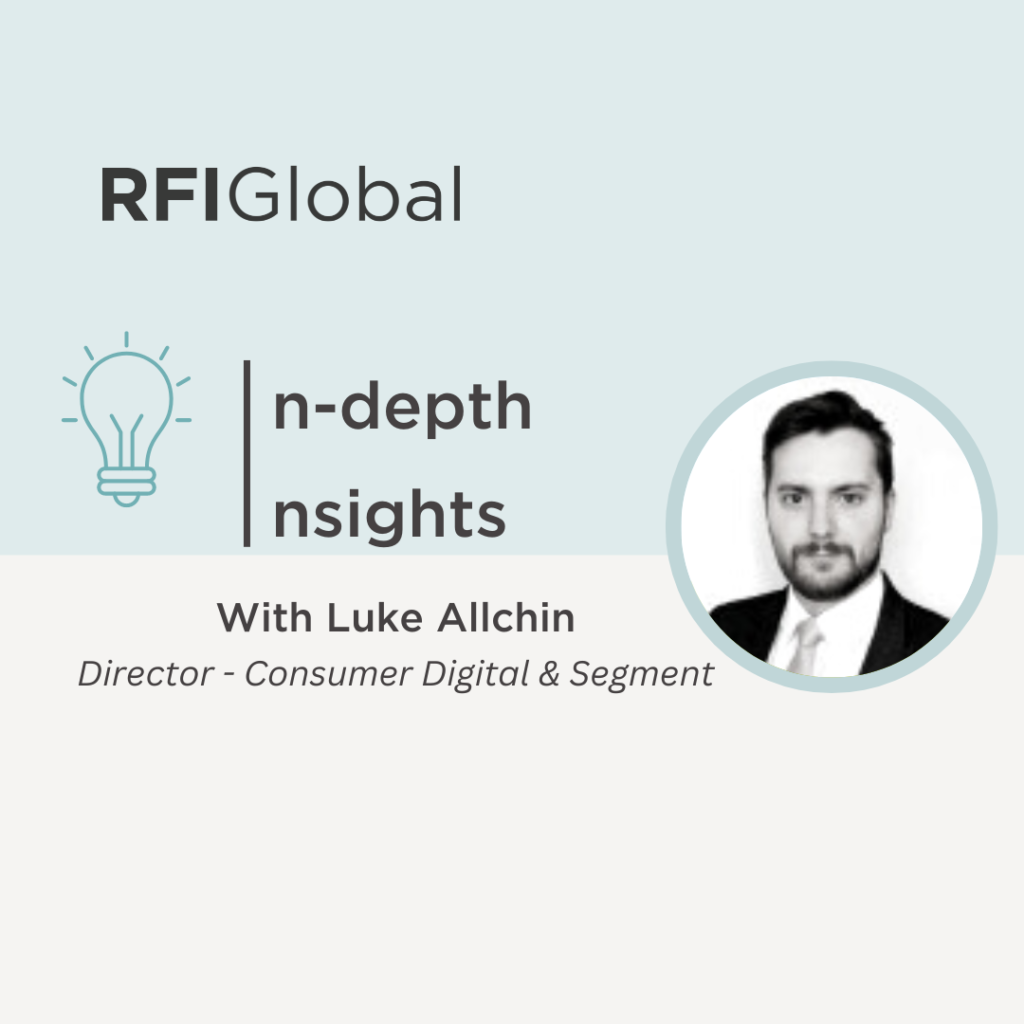
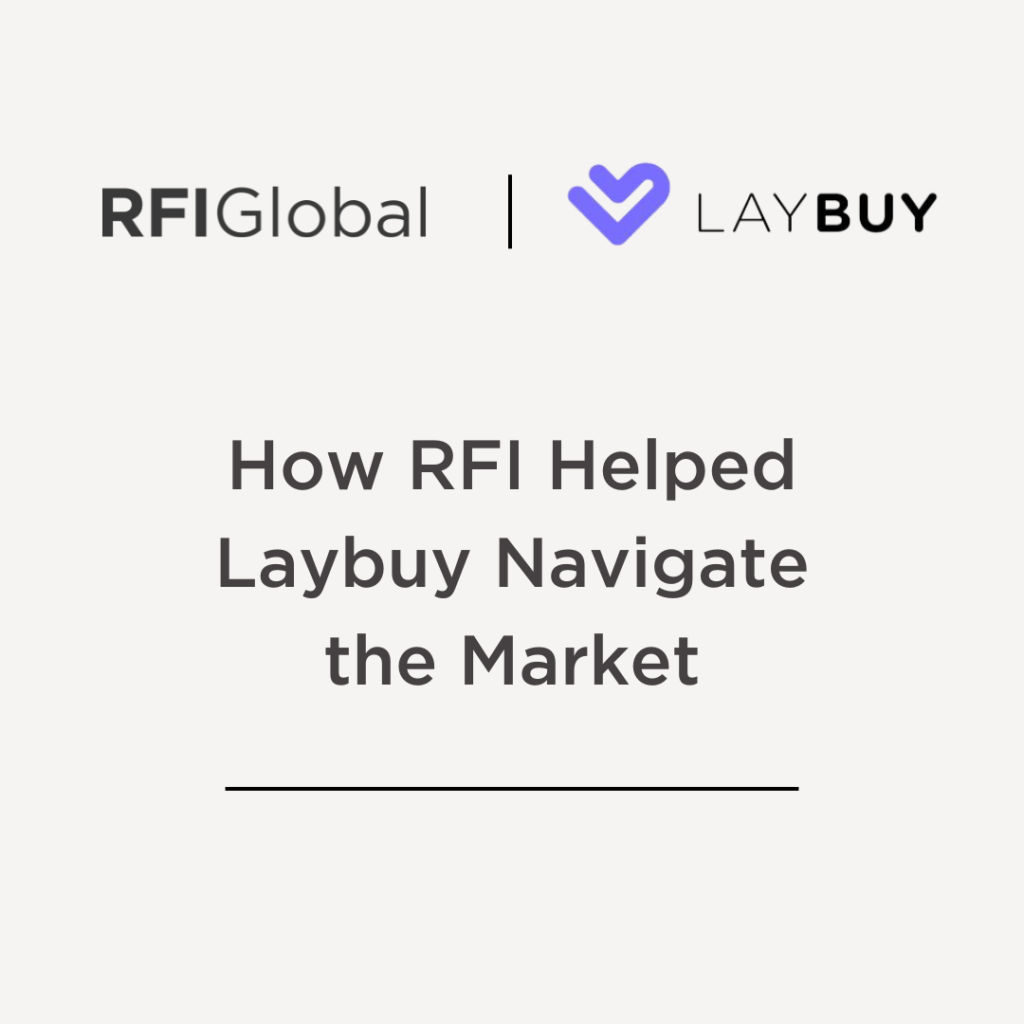
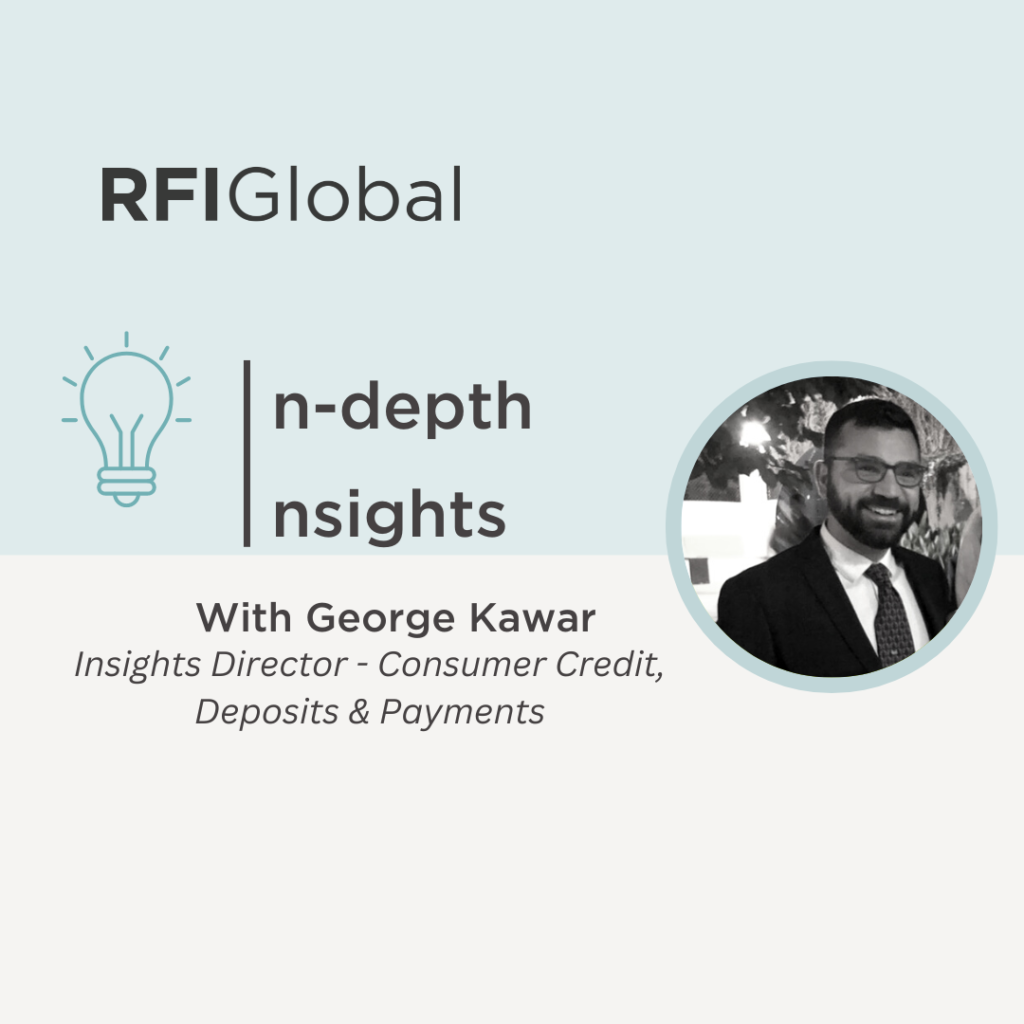
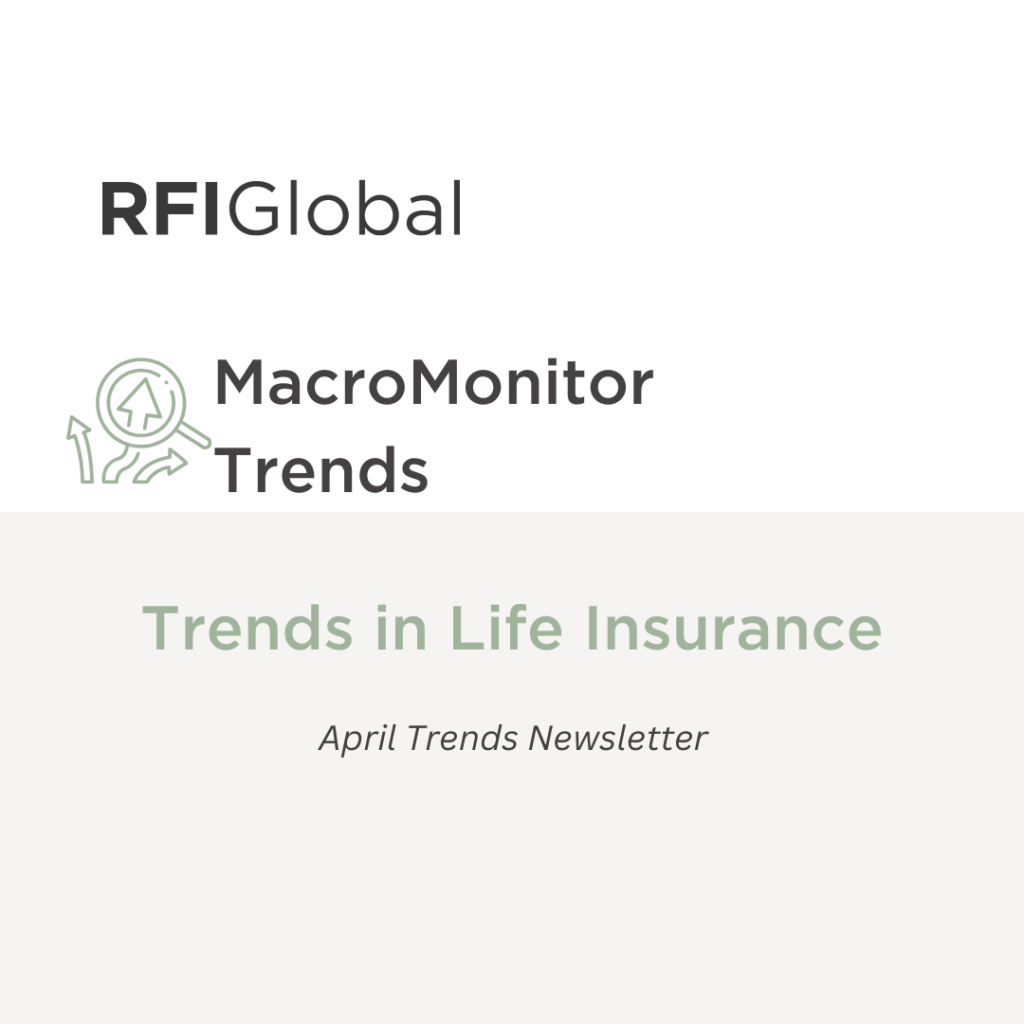
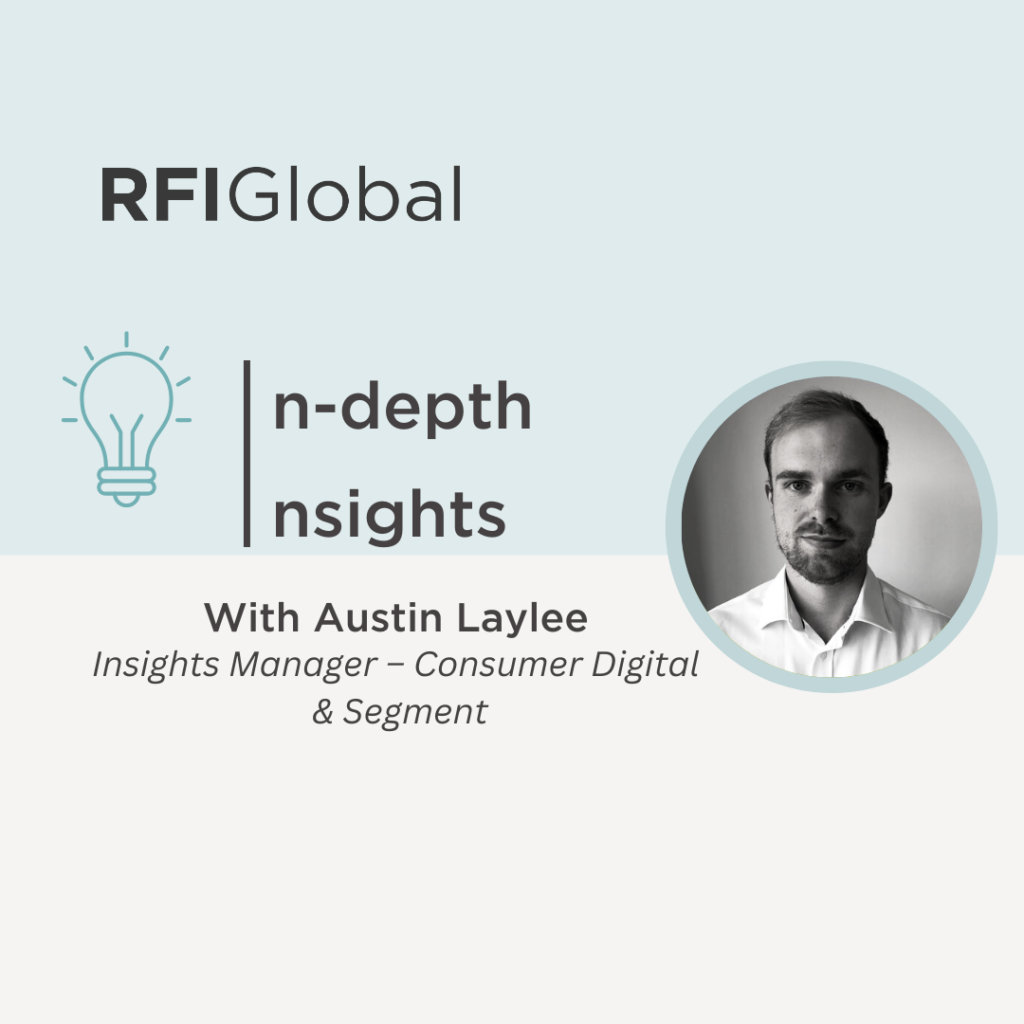
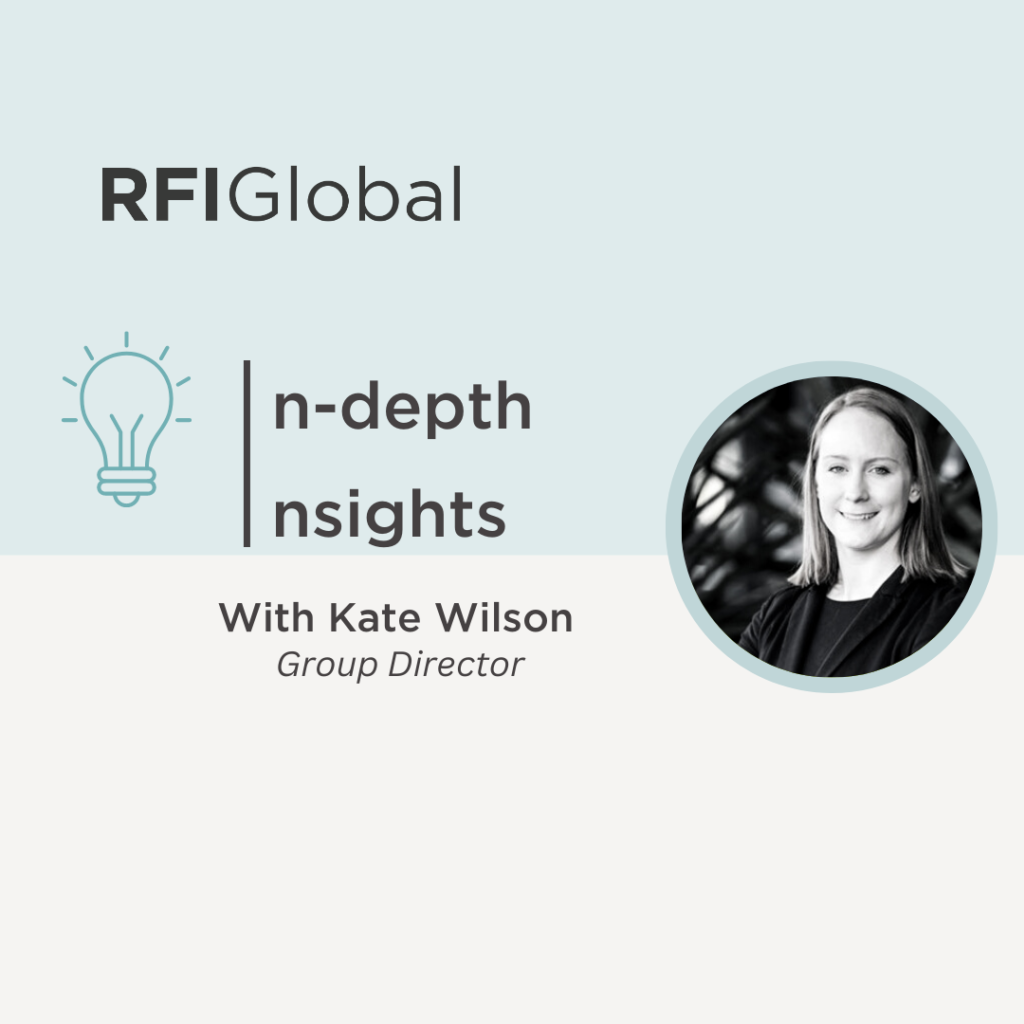
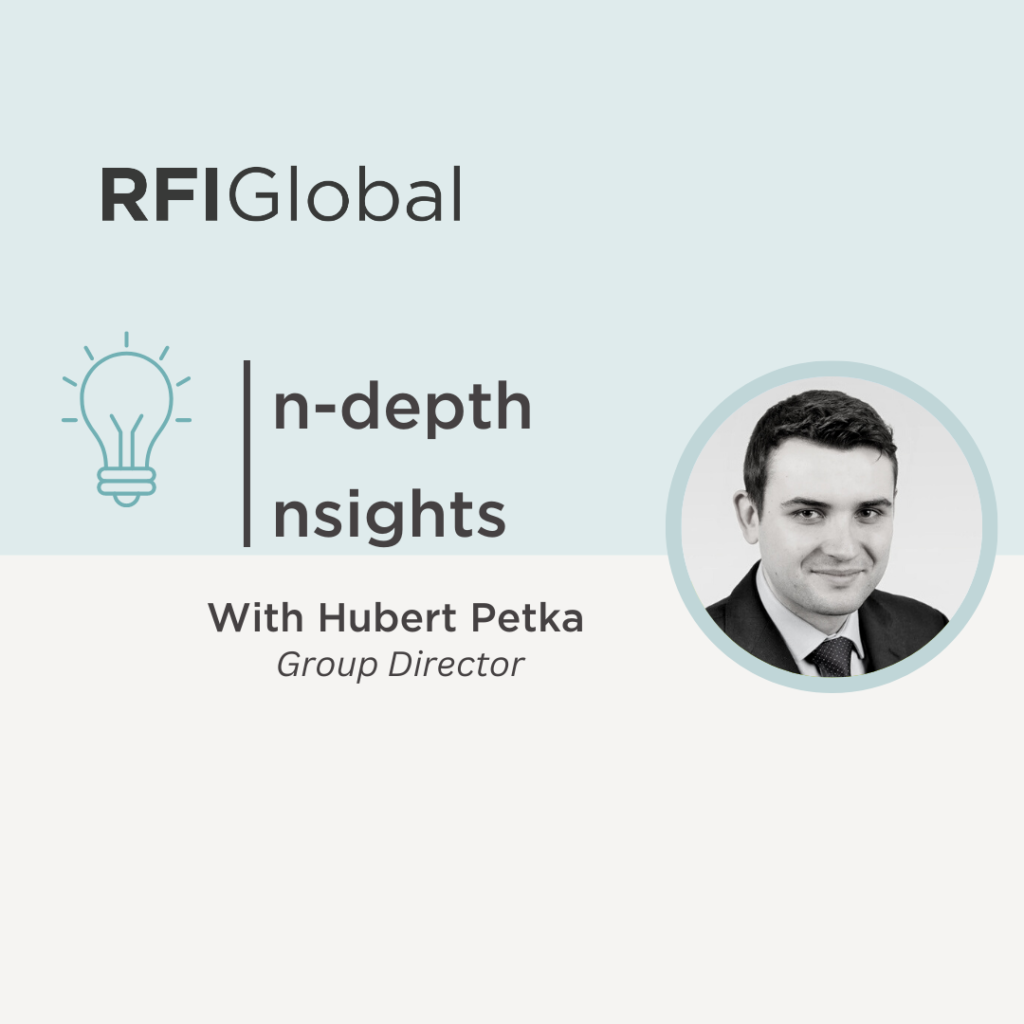
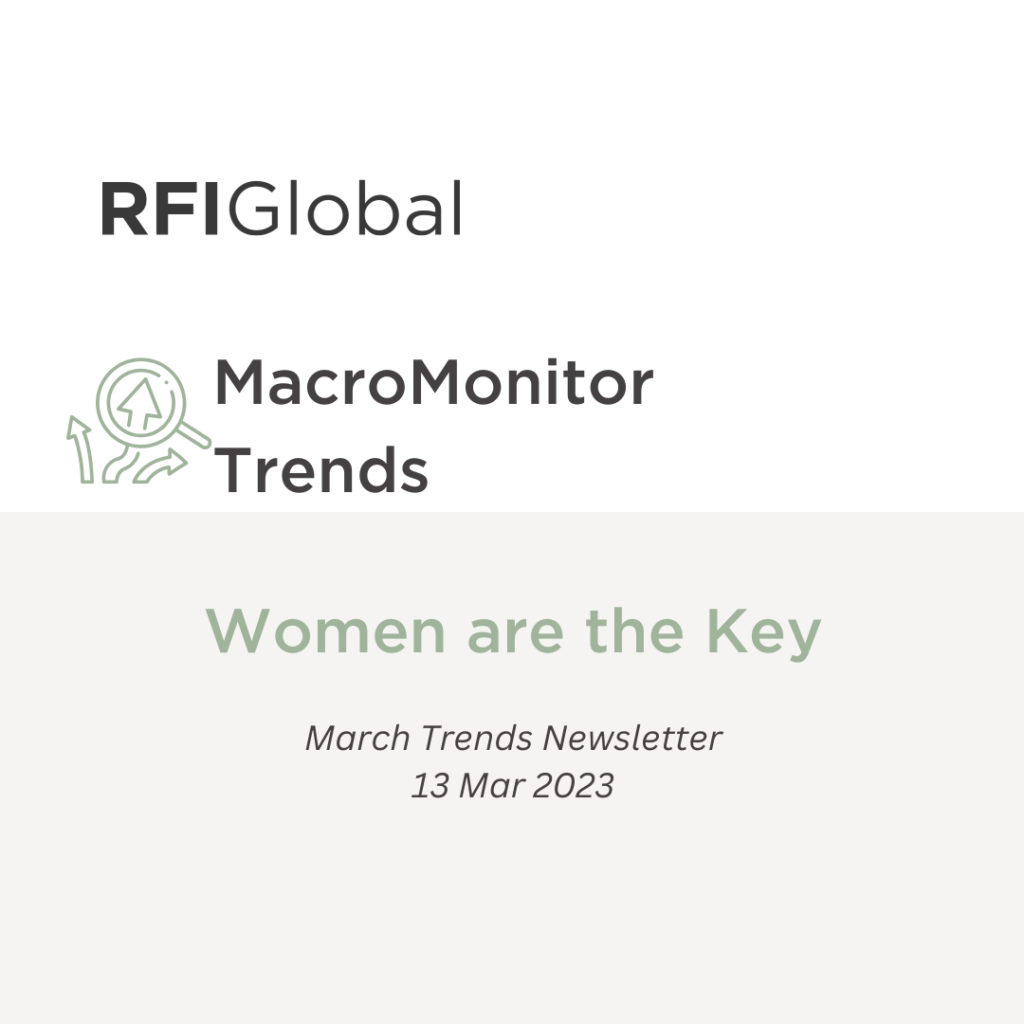

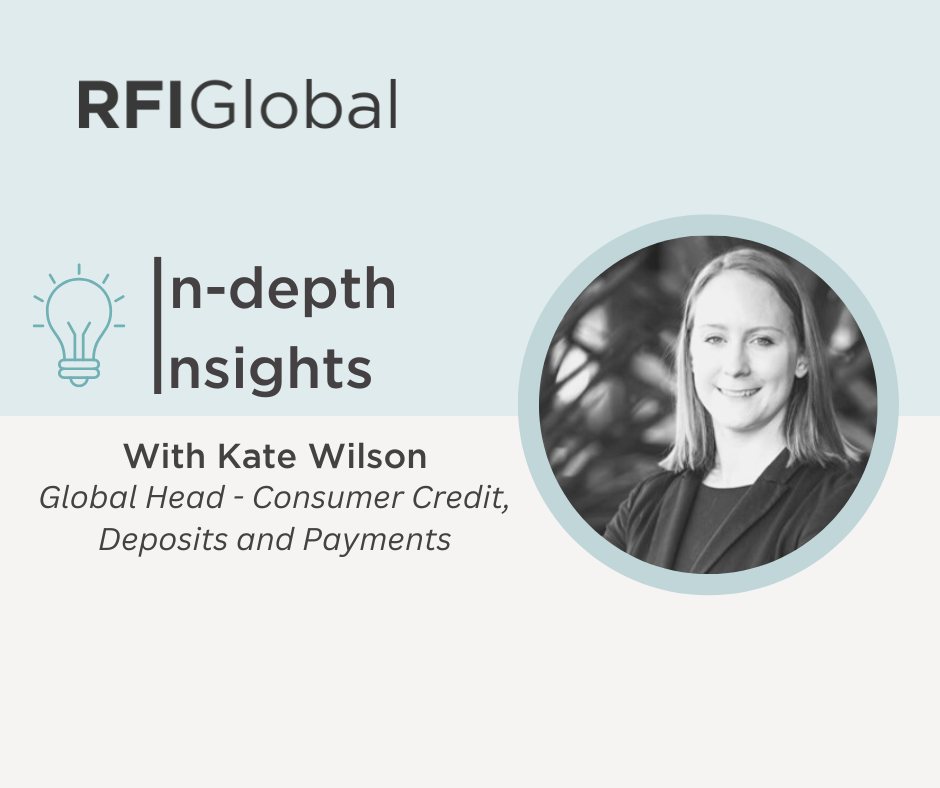
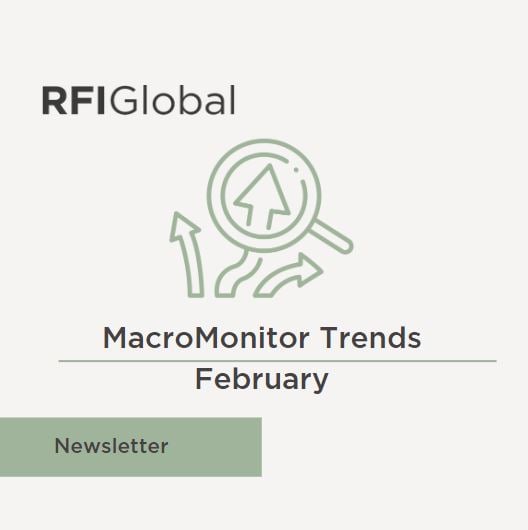


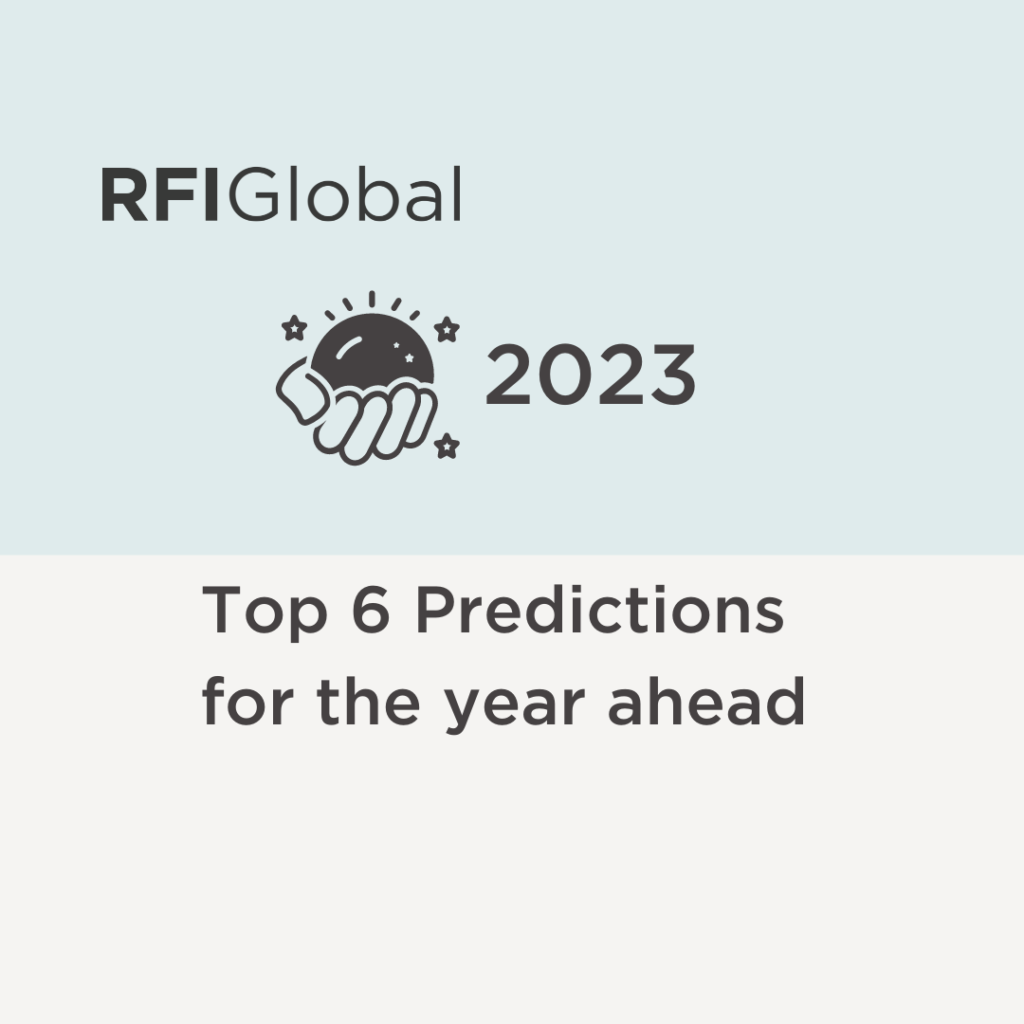
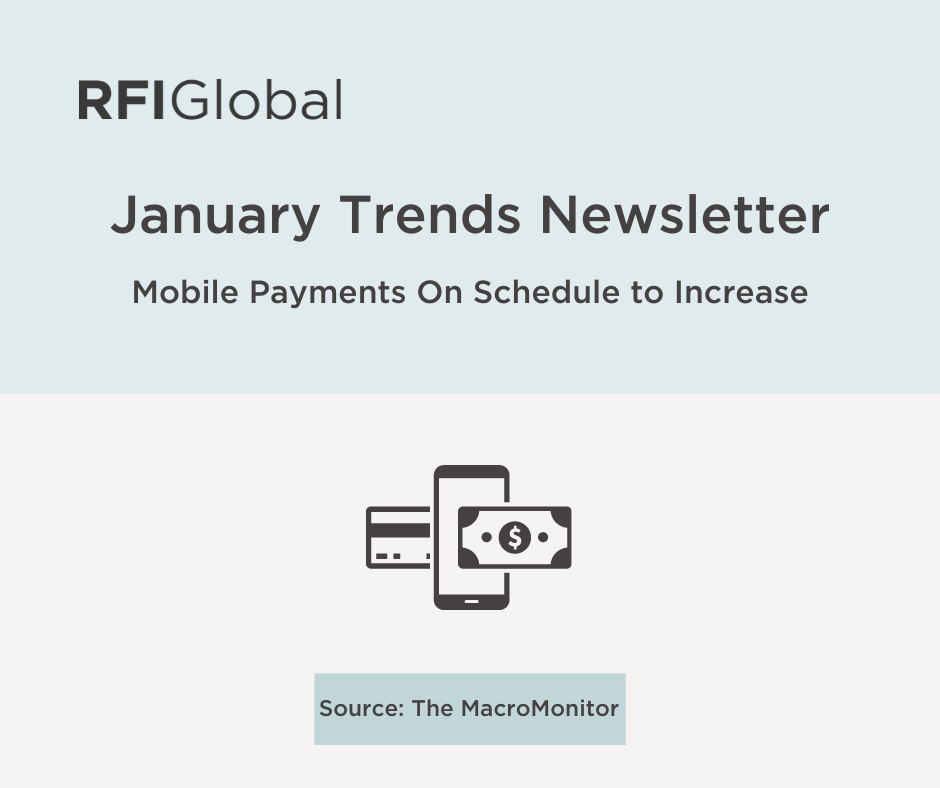









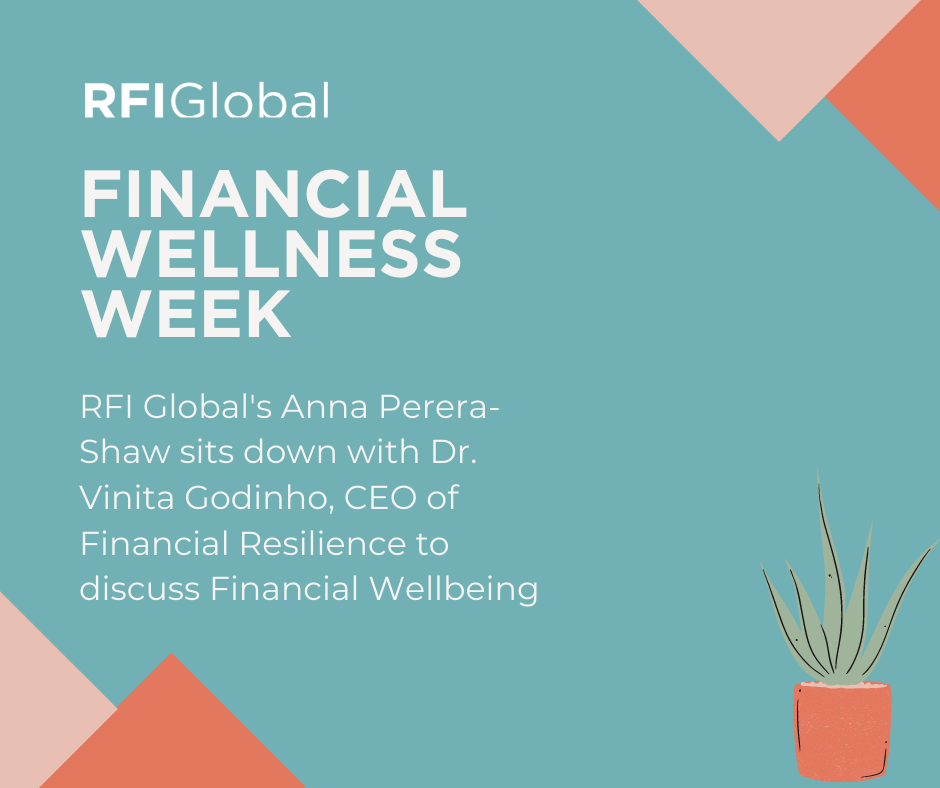





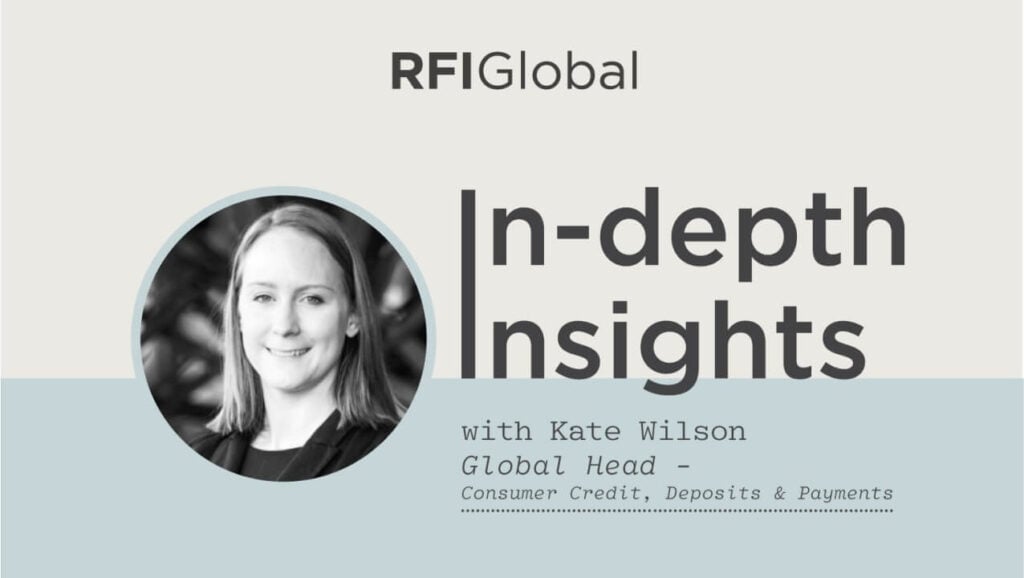










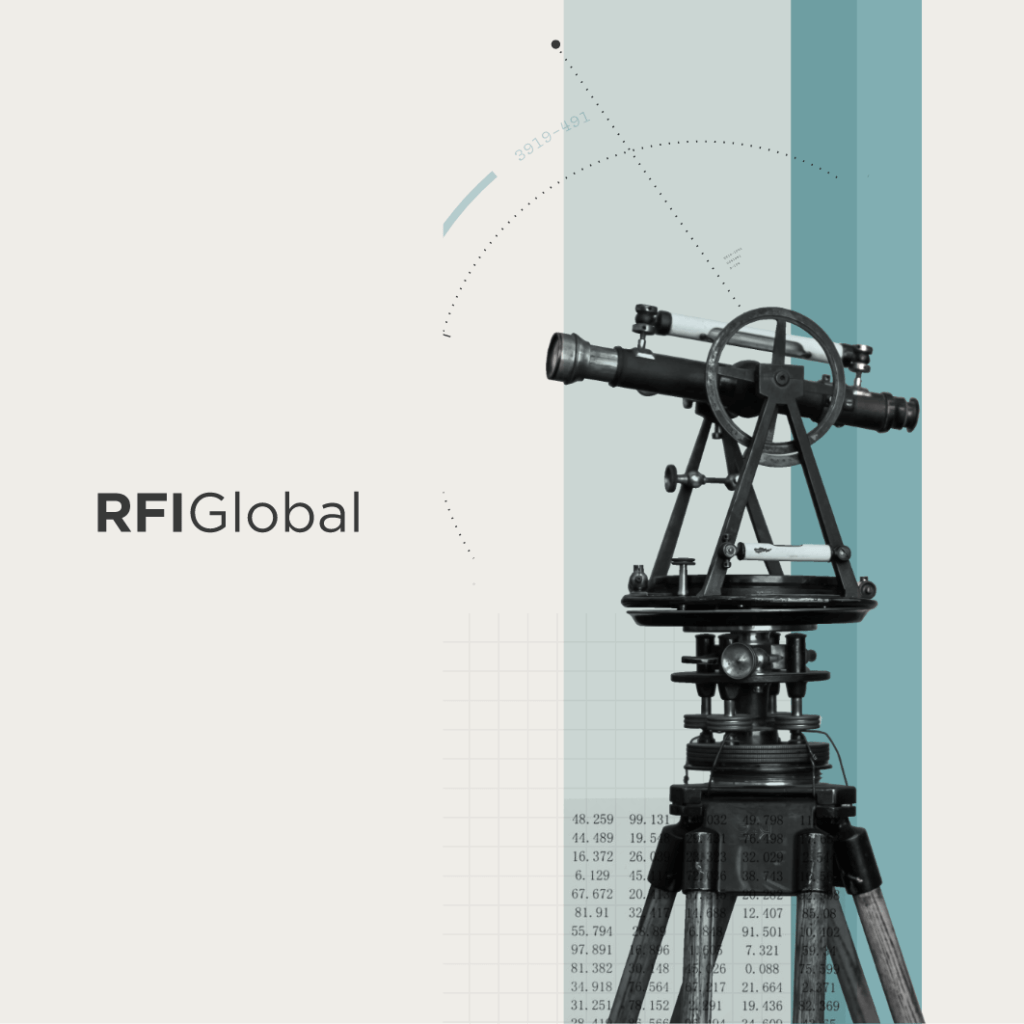


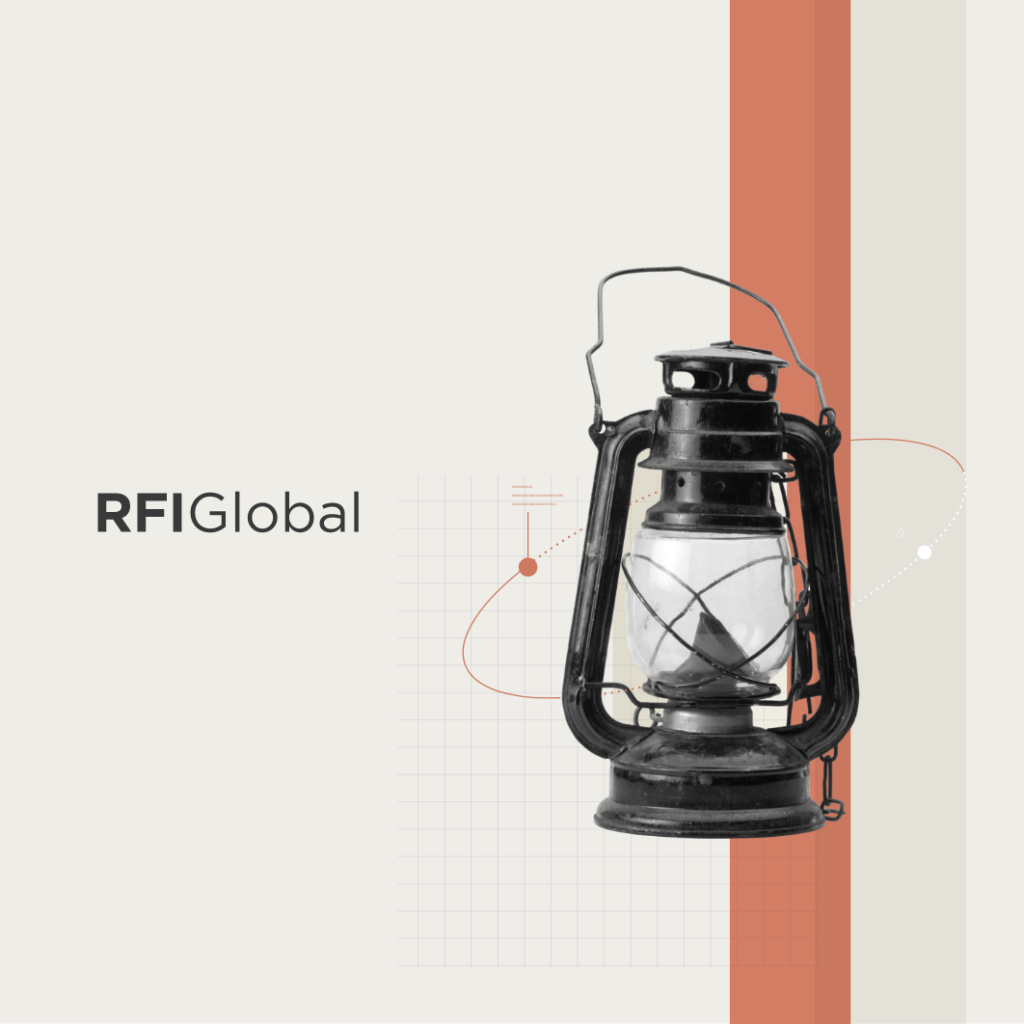
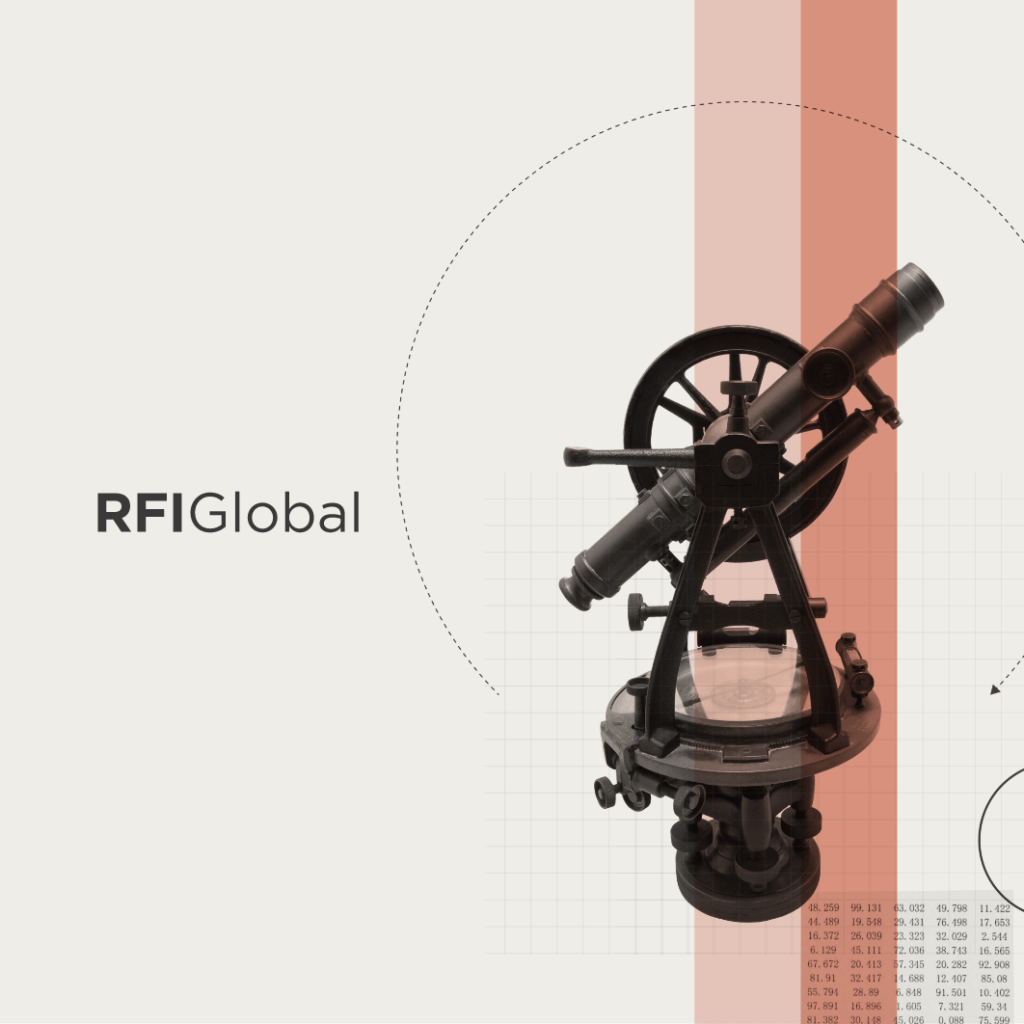
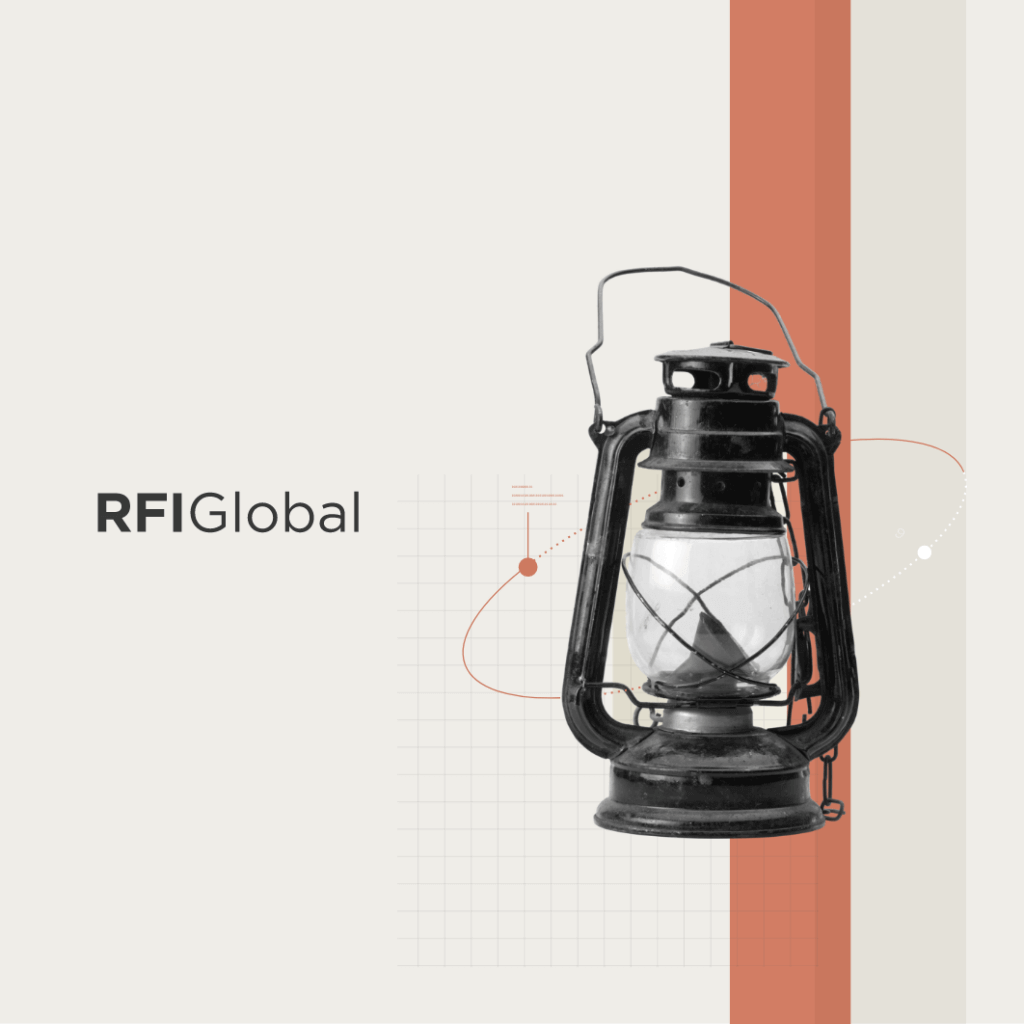
/NQA-ISO-27001-Logo-UKAS.jpg)